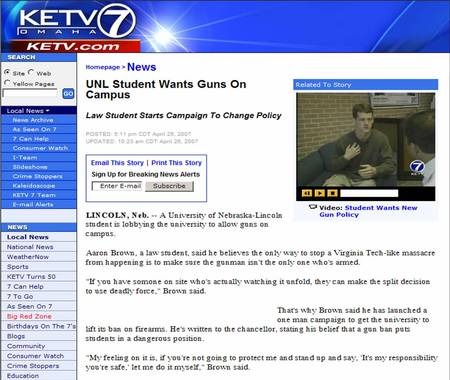In the passage below, Johnson begins by noting the reality captured in a phrase of Charles Dickens in the following pasage from Bleak House: "Jo lives—that is to say, Jo has not yet died—in a ruinous place . . ."
(p. 85) The phrasing captures the dark reality of urban poverty; to live in such a world was to live with the shadow of death hovering over your shoulder at every moment. To live was to be not dead yet.
From our vantage point, more than a century later, it is hard to tell how heavily that fear weighed upon the minds of individual Victorians. As a matter of practical reality, the threat of sudden devastation—your entire extended family wiped out in a matter of days—was far more immediate than the terror threats of today. At the height of a nineteenth-century cholera outbreak, a thousand Londoners would often die of the disease in a matter of weeks—out of a population that was a quarter the size of modern New York. Imagine the terror and panic of a biological attack killed four thousand otherwise healthy New Yorkers over a twenty-day period. Living amid cholera in 1854 was like living in a world where urban tragedies on that scale happened week after week, year after year. A world where it was not at all out of the ordinary for an entire family to die in the space of forty-eight hours, children suffering alone in the arsenic-lit dark next to the corpses of their parents.
Source:
Johnson, Steven. The Ghost Map: The Story of London’s Most Terrifying Epidemic – and How It Changed Science, Cities, and the Modern World. New York: Riverhead Books, 2006.

 Al Gore. Source of the image: online version of the WSJ article quoted and cited below.
Al Gore. Source of the image: online version of the WSJ article quoted and cited below. 
 "John Edwards appearing at a public forum in Council Bluffs, Iowa, on March 9, two days after one of his $400 haircuts." Source of caption and photo: online version of the NYT article cited below.
"John Edwards appearing at a public forum in Council Bluffs, Iowa, on March 9, two days after one of his $400 haircuts." Source of caption and photo: online version of the NYT article cited below. 
